Introduction
In a world where fur-coated friends often leave us sneezing and wheezing, the term “hypoallergenic dogs” sounds like a miracle wrapped in a fluffy package. If you’ve ever wanted to cuddle with a pup but felt the impending doom of an allergy attack, you’re not alone. Many dog lovers grapple with allergies that can turn joy into discomfort. But fear not! The dog-loving community has unearthed some breeds that might just be the answer to your prayers.
So, what does hypoallergenic really mean? It’s not a magic spell that makes sneezes disappear. Instead, it refers to dog breeds that produce fewer allergens. This is a huge relief for those who long for canine companionship but suffer from allergies. Imagine snuggling with a furry pal without reaching for tissues every five minutes!
In this guide, we’ll explore the fascinating world of hypoallergenic dogs. From understanding the science behind pet allergies to discovering breeds that fit the bill, we’ll cover it all. Plus, we’ll share practical tips for managing allergies while enjoying the companionship of your four-legged friend.
Get ready to discover how you can have your cake and eat it too—well, maybe not cake, but definitely a delightful dog without the sniffles! By the end of this journey, you’ll be armed with all the knowledge you need to choose the perfect hypoallergenic pooch. Whether you’re a seasoned dog owner or a first-time pup parent, this guide has something for everyone.
So grab your favorite beverage, settle in, and let’s embark on this exciting exploration of hypoallergenic dogs. Who knows? You might just find your next best friend waiting for you at the end of the article.

Understanding Pet Allergies
Pet allergies can be a real nuisance. They often stem from three main culprits: dander, proteins, and your body’s reaction to them. Let’s break it down, shall we?
Dander is the flaky skin that pets shed. It’s like confetti but way less fun. Dander can float around your home, hitching a ride on your clothes, furniture, and even in the air. For allergy sufferers, this tiny debris can trigger sneezing, coughing, and a whole lot of itchy discomfort. The real kicker? It’s not just the dander itself but what’s mixed in with it.
Now, let’s talk about proteins. Dogs produce specific proteins found in their saliva and urine. When your furry friend licks themselves, these proteins attach to the dander. This magical mix is what really gets your immune system into a frenzy. In short, when you come in contact with these allergens, your body might decide to throw a little party of its own—unfortunately, it’s the kind that leaves you feeling miserable.
So, what can you expect if you’re allergic? Common symptoms include sneezing, itchy eyes, and skin reactions. Ever felt like you were starring in a sneezy drama? You’re not alone! The struggle is real for many dog lovers. Imagine trying to enjoy a movie night with your dog snuggled up next to you, and you suddenly find yourself reaching for tissues every few minutes. It’s a tough spot to be in!
In essence, understanding the biological mechanisms behind pet allergies can help you navigate your options better. While no dog is completely allergen-free, being informed about dander and proteins is the first step toward finding a furry friend that suits your lifestyle.

What Does ‘Hypoallergenic’ Mean?
The term “hypoallergenic” can be a bit misleading. Many people believe that hypoallergenic breeds are completely allergy-free. Spoiler alert: they’re not. Instead, these breeds tend to produce fewer allergens than their furry counterparts. It’s like finding a unicorn in a field of horses—rare but not impossible!
So, how do these hypoallergenic breeds work their magic? They generally shed less hair and dander. Less shedding means less of those pesky proteins floating around your home. Think of it as a sneeze-reducing strategy! However, it’s essential to remember that no dog is entirely free of allergens. If only it were that simple!
Now, which breeds are considered hypoallergenic? A few stand out, such as the Bichon Frise, Poodle, and Schnauzer. These breeds often have hair that doesn’t shed as much, making them less likely to trigger allergy symptoms. While they’re still capable of causing a sneeze or two, they might just be the best choice for allergy sufferers. For a detailed list of the best breeds, check out the Best hypoallergenic dog breeds for allergy sufferers.
To keep your home fresh and reduce allergens, consider investing in an Air Purifier with HEPA Filter. This handy gadget can help trap those pesky allergens in the air, giving you a better chance of breathing easy while enjoying your furry friend’s company.
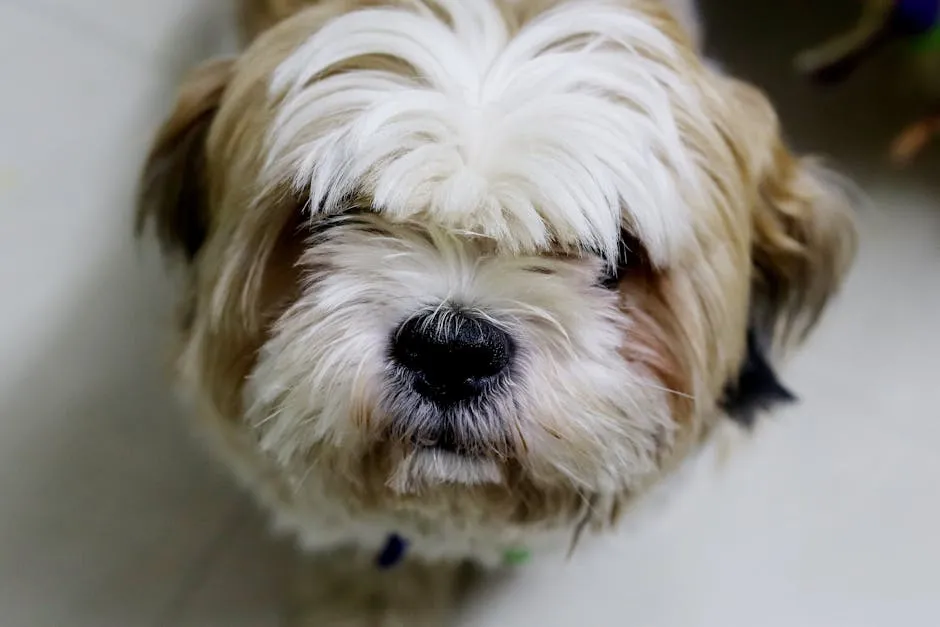
For a detailed list of hypoallergenic breeds, you can explore the Best hypoallergenic dog breeds for allergy sufferers.
Ultimately, understanding what “hypoallergenic” truly means can help you make informed decisions. While these breeds might not be a cure-all for allergies, they could significantly reduce your symptoms. So, if you’re dreaming of doggy cuddles without the constant sniffles, exploring hypoallergenic breeds might just lead you to your perfect furry companion!
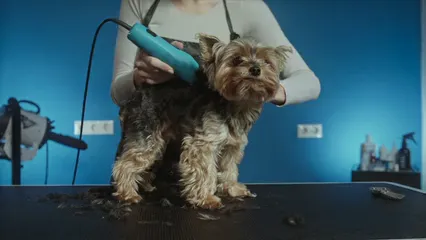
Breeds to Consider
Finding a hypoallergenic dog can feel like searching for a needle in a haystack. But fear not! Here’s a curated list of breeds that may help keep your allergies at bay while bringing joy into your life.
Afghan Hound
Characteristics: Afghan Hounds are tall and elegant. They have a unique, flowing coat that adds a touch of glam. They are known for their independent spirit and can be a bit aloof. Expect moderate energy levels; they enjoy a good sprint but also appreciate lounging.
Grooming Needs: With their long, luxurious coats, they need grooming about once a week. Regular baths will help minimize dander. For those grooming sessions, consider a great Dog Grooming Brush to keep their coat fabulous!
Ideal Homes: They thrive in homes with plenty of space. Active families or individuals who enjoy outdoor activities will find a great companion in an Afghan Hound.
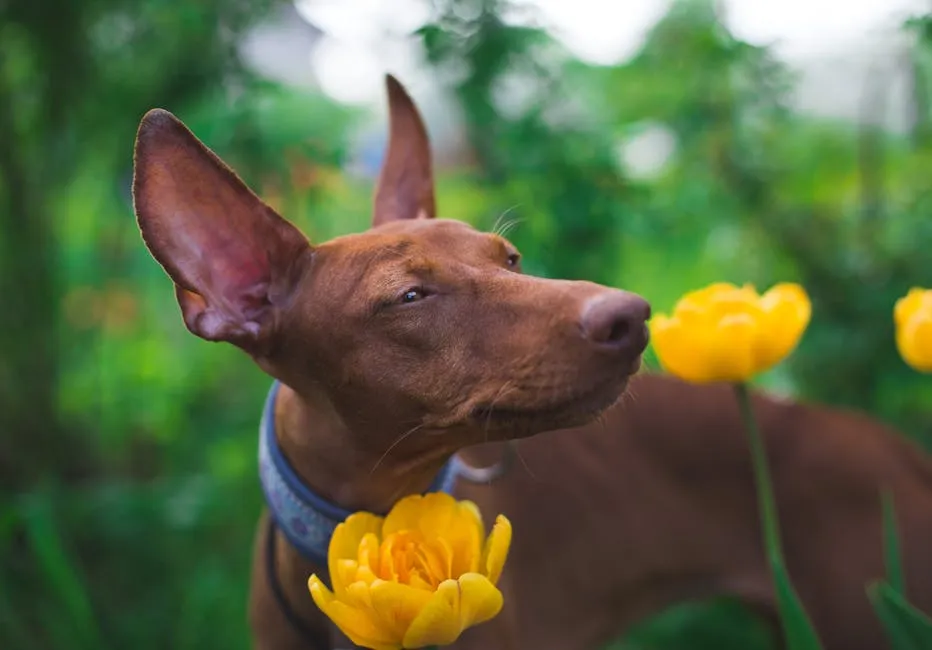
Bedlington Terrier
Characteristics: Bedlington Terriers boast a distinctive lamb-like appearance. They’re medium-sized, friendly, and spirited. Their playful nature makes them a joy to have around.
Grooming Needs: Their curly coat requires grooming every 4 to 6 weeks. Regular brushing helps to keep dander at bay. Don’t forget to have some Dog Shampoo for Sensitive Skin to keep their coat in top condition!
Ideal Homes: These dogs adapt well to apartment living, making them perfect for city dwellers. They enjoy active families that engage in play.
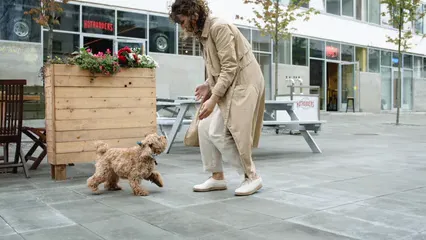
Kerry Blue Terrier
Characteristics: This breed features a striking blue coat and an energetic personality. They’re intelligent and loyal, often forming strong bonds with their families. Expect moderate energy levels; they love to play but need downtime too.
Grooming Needs: Grooming every 4 to 6 weeks is essential to maintain their coat. Regular brushing minimizes shedding and allergens. A good Pet Hair Remover Roller can help keep your home fur-free!
Ideal Homes: Kerry Blue Terriers are ideal for active households. Families with older children will find them to be affectionate companions.

Bichon Frise
Characteristics: The Bichon Frise is small, cheerful, and full of personality. They are friendly, loving, and thrive on human interaction. Their playful nature makes them great companions.
Grooming Needs: Regular grooming is a must—every 4 to 6 weeks works wonders. Daily brushing helps reduce dander and keeps their coat looking fabulous.
Ideal Homes: Perfect for families, singles, and seniors alike. They adapt well to various living situations, including apartments.
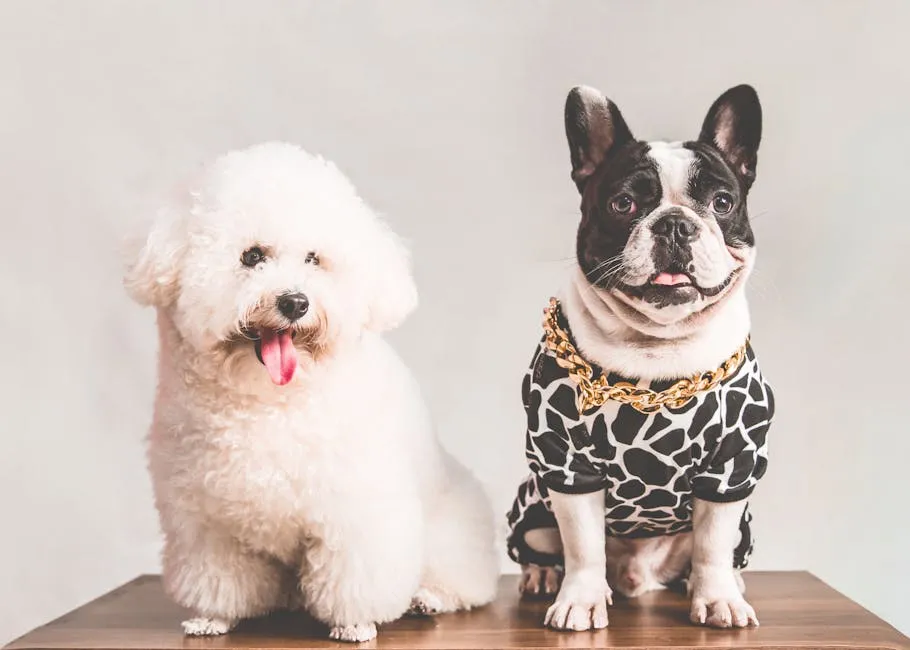
Chinese Crested
Characteristics: This breed comes in two varieties: hairless and powderpuff. The hairless variety has unique exposed skin and minimal dander. They’re affectionate and playful, often forming close bonds with their humans.
Grooming Needs: The hairless type requires occasional baths and skin care. The powderpuff needs grooming about every 4 weeks.
Ideal Homes: Chinese Cresteds fit well in smaller spaces. They enjoy companionship and do best in homes where they are not left alone for long periods.

Irish Water Spaniel
Characteristics: Known for their curly coat and playful demeanor, Irish Water Spaniels are intelligent and energetic. They enjoy swimming and outdoor activities, making them great for active families.
Grooming Needs: Their coat requires grooming every 4 to 6 weeks. Regular brushing helps keep allergens down.
Ideal Homes: They thrive in active households with plenty of space to roam and play. Families that enjoy outdoor adventures will love this breed.

Poodle
Characteristics: Poodles come in three sizes: standard, miniature, and toy. They are intelligent, trainable, and energetic. Their friendly disposition makes them excellent family pets.
Grooming Needs: Regular grooming every 4 to 6 weeks is essential. Daily brushing is recommended to minimize shedding and allergens. Poodles love to play with Dog Puzzle Toys to keep their minds sharp!
Ideal Homes: Poodles adapt well to various living situations, from apartments to larger homes. They enjoy being active and thrive with engaged owners.
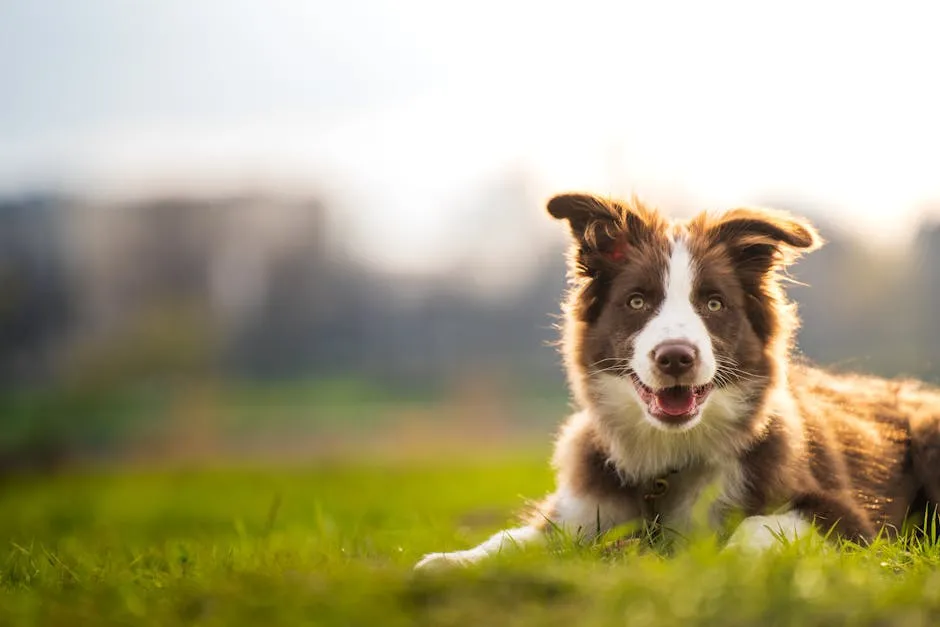
Portuguese Water Dog
Characteristics: These medium-sized dogs are known for their strong swimming abilities. They are intelligent, energetic, and friendly. Their affectionate nature makes them wonderful companions.
Grooming Needs: Grooming every 4 to 6 weeks is necessary to keep their coat in shape. Regular brushing helps reduce allergens. Consider investing in a Dog Nail Clipper for their grooming needs!
Ideal Homes: They do well in active families and appreciate ample outdoor time. Owners who enjoy water activities will find a perfect partner in a Portuguese Water Dog.
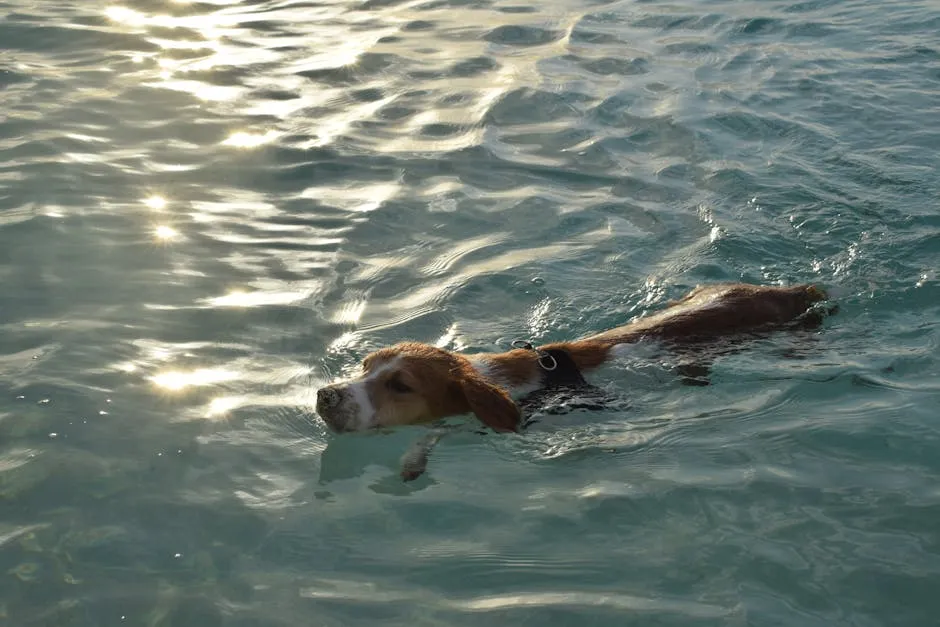
Schnauzer
Characteristics: Schnauzers come in standard, miniature, and giant sizes. They are friendly, intelligent, and protective. Known for their distinctive beards, they are alert and can be quite playful.
Grooming Needs: Regular grooming every 4 to 6 weeks is required. Daily brushing helps minimize dander and keep their coat looking sharp. For a little extra help, consider using a Pet Hair Vacuum Attachment to keep your home clean!
Ideal Homes: Schnauzers are versatile and adapt well to various living conditions. They thrive in homes with active families who enjoy playtime.

Xoloitzcuintli
Characteristics: Often referred to as the Mexican Hairless Dog, the Xoloitzcuintli is unique with its hairless variety. They are calm, loyal, and affectionate. Their low-maintenance coat is an added benefit for allergy sufferers.
Grooming Needs: The hairless variety needs occasional skin care. The coated variety requires regular grooming.
Ideal Homes: Xolos do well in various environments, from urban apartments to country homes. They are excellent for families or individuals seeking a loyal companion.
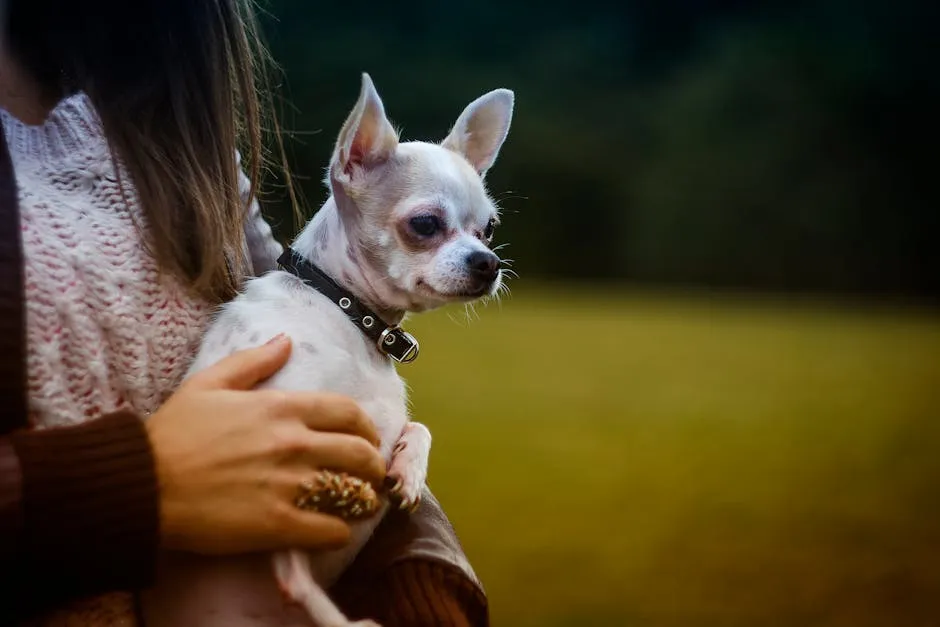
Each of these breeds has its own charm and personality. Choosing the right hypoallergenic dog involves considering your lifestyle and home environment. With the right match, you can enjoy the love of a furry friend without the sneezes!
Managing Allergies at Home
Keeping a hypoallergenic home can feel like an Olympic sport, but with the right strategies, you can make it a breeze! Let’s talk about some practical cleaning tips and lifestyle changes that can help minimize allergens and keep you and your furry friend happily cohabitating.
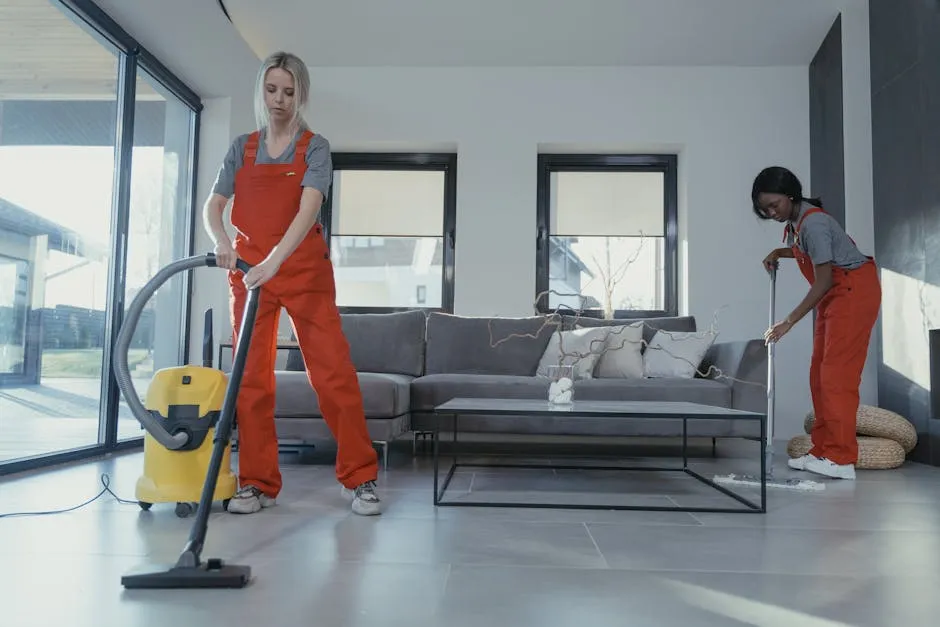
Cleaning Tips
First things first: vacuum like a pro! Regular vacuuming is essential. Use a vacuum with a HEPA filter. This will trap those pesky pet dander particles instead of just sending them flying back into the air. Aim for at least once a week, or more if your dog is a shedder. For a little extra help, consider a Vacuum Cleaner with HEPA Filter to keep your floors clean!
Air purifiers are your best friends too! They help remove airborne allergens, providing a breath of fresh air—literally. Place one in the rooms where you and your dog spend the most time. Your sinuses will thank you.
Creating dog-free zones can be a game changer. Establish areas in your home, like the bedroom or office, where your pup isn’t allowed. This gives you a safe space to escape if allergies flare up. Plus, it’s a great way to enjoy some alone time!

Lifestyle Changes
Next, let’s discuss lifestyle changes. Dietary considerations can play a role in your dog’s health, which may impact allergens. Consult your vet about the best diet for your hypoallergenic pooch. A balanced diet can lead to healthier skin and less dander. Consider trying a Hypoallergenic Dog Food to keep your pup healthy!
Training your dog not to lick is also essential. While we all love a good slobbery kiss, dog saliva can trigger allergic reactions. Use positive reinforcement techniques to teach your dog to keep those kisses to a minimum. Just think of it as a way to maintain your allergy-free bubble!
Incorporating these cleaning tips and lifestyle changes can make a significant difference in managing your allergies. With a little effort and dedication, you can create a comfortable living environment that allows you to enjoy the joys of dog ownership without the sniffles.
Conclusion
Choosing a hypoallergenic dog is no small feat, but it’s definitely worth it for many. Throughout this article, we’ve covered the essentials of understanding allergies and how they relate to dog ownership. Allergies can be a real party pooper, especially when it comes to snuggling with your furry friends. Knowing what triggers these reactions is crucial. Remember, it’s not just the fur; dander and proteins found in saliva and urine are the main culprits.
Hypoallergenic breeds aren’t a magic solution. They produce fewer allergens, which can help keep your sneezes at bay, but they aren’t entirely allergen-free. You can still enjoy a loving companion without the constant itch and sniffles. The breeds we’ve discussed, like the Poodle and Bichon Frise, offer a wonderful mix of companionship and reduced allergy risk. For more tips on grooming, check out our guide on budget-friendly dog grooming tools for home use.
For effective grooming tips and tools, visit our guide on budget-friendly dog grooming tools for home use.
When considering a dog, take a moment to reflect on your specific needs. Do you have young kids? Are you an active person? These factors will help guide you to the right breed. Remember, it’s not just about finding a hypoallergenic dog; it’s about finding a furry friend that fits your lifestyle and family dynamics.
With the right knowledge and preparation, you can find your perfect dog. Embrace the adventure of dog ownership, and don’t forget to enjoy the journey. So, arm yourself with information and take a leap of faith. Your ideal hypoallergenic companion could be waiting just around the corner!
FAQs
Are hypoallergenic dogs completely allergy-free?
Not quite! Hypoallergenic dogs are often misunderstood. While they produce fewer allergens, no dog is entirely free of allergens. Hypoallergenic breeds, like Poodles and Schnauzers, tend to shed less hair and dander, which can help reduce allergic reactions.
What can I do if I’m allergic to dogs but want one?
If you’re keen on having a dog despite your allergies, consider hypoallergenic breeds. Regular grooming, bathing your dog, and maintaining a clean home can further help manage allergens. Consult with an allergist for personalized advice too.
How often should I groom my hypoallergenic dog?
Grooming frequency can vary by breed. Generally, hypoallergenic dogs should be groomed every 4 to 6 weeks. Regular brushing at home also helps minimize dander and keeps their coats looking sharp.
What can I do to reduce pet dander in my home?
To reduce pet dander, vacuum regularly using a HEPA-filtered vacuum. Air purifiers can also help. Consider creating dog-free zones in your home, especially in bedrooms. Regularly wash your dog’s bedding and keep their grooming routine consistent.
Can I develop allergies to a dog I’ve had for years?
Yes, it is possible! Allergies can develop over time due to changes in your body’s immune response. If you notice new allergy symptoms, consult with a healthcare professional for advice on managing your situation.
Please let us know what you think about our content by leaving a comment down below!
Thank you for reading till here 🙂
All images from Pexels





